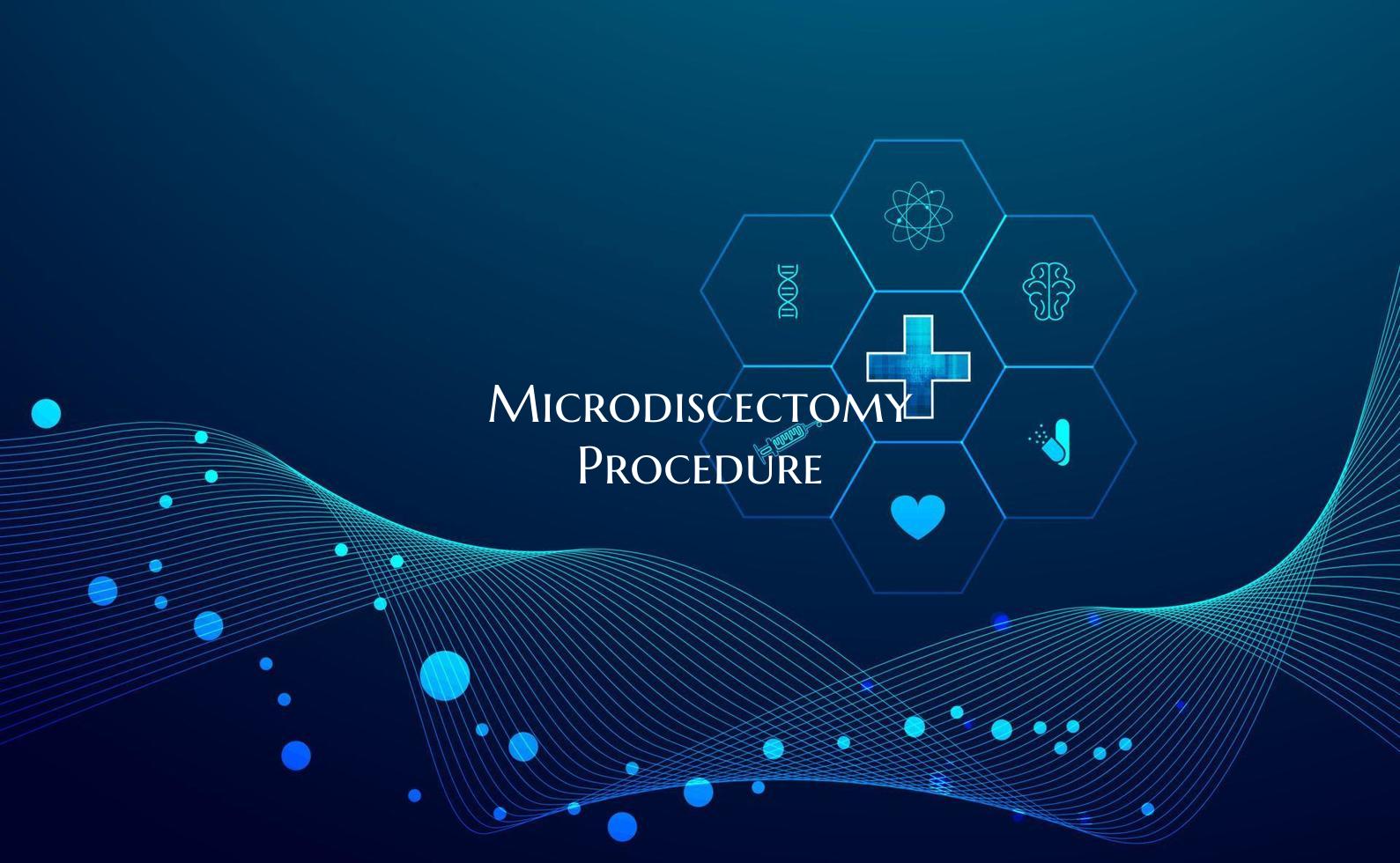
Microdiscectomy Procedure
Microdiscectomy, also known as microdecompression or microdiskectomy, is a minimally invasive surgical procedure performed to relieve pressure on the spinal nerves caused by a herniated or bulging disc in the lower back. The procedure is often recommended for patients who have not found relief from conservative treatments such as physical therapy or medication.
During a microdiscectomy procedure, the surgeon makes a small incision in the lower back and uses specialized instruments to remove a portion of the herniated disc that is compressing the nerve root. This targeted approach allows the surgeon to alleviate the pressure on the nerve while minimizing damage to surrounding tissues.
The benefits of a microdiscectomy procedure include shorter recovery times, reduced risk of complications, and improved outcomes compared to traditional open back surgery. Most patients experience significant pain relief and a return to normal activities within a few weeks following the procedure.
It is important for patients considering a microdiscectomy to discuss the potential risks and benefits with their healthcare provider and to follow post-operative instructions carefully to optimize their recovery. While the majority of patients experience successful outcomes with this procedure, individual results may vary depending on the specific circumstances of each case.
Overall, microdiscectomy is a commonly performed and effective surgical option for individuals suffering from debilitating back pain and other symptoms associated with a herniated disc. By providing targeted relief to the affected nerve root, this procedure can help patients regain mobility and improve their quality of life.